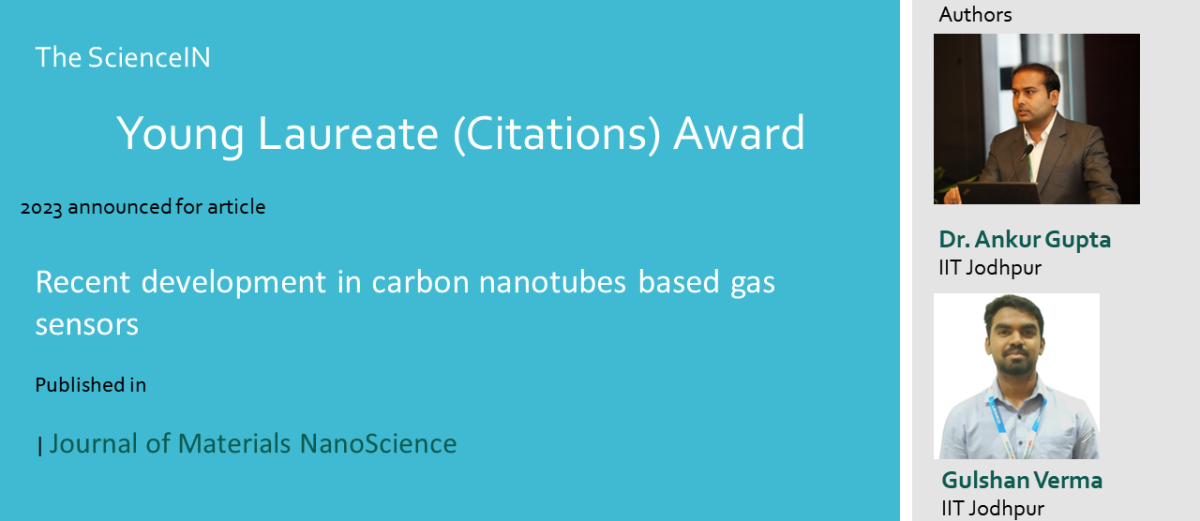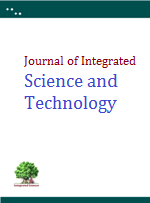The medicinal chemistry, the chemistry of drugs and pharmaceuticals, is the leading field of research in chemistry. The synthesis of new organic molecules and inorganic compositions lead the development of new chemistry research for human health. The development of new therapeutics, diagnostics and theranostics is the leading and interesting research field in chemistry.
The journal specifically meant for publication of Medicinal Chemistry research articles is ‘Journal of Molecular Chemistry’ – Medicinal Chemistry section. The journal publishes short communications (letters), research articles (full length), review (and mini-review) articles and synthetic protocols.
Submit your article at

Journal of Molecular Chemistry
Medicinal Chemistry
Research articles, review articles and short communications from Medicinal Chemistry research.
Make a new submission to the Medicinal Chemistry section.
Organic Chemistry
Organic Chemistry articles (Letters, Research Articles, Review articles) related to synthetic methodologies and synthesis of new organic compounds.
Make a new submission to the Organic Chemistry section.
Methods & Protocols
The articles for complete re-synthetic methods evaluation (process chemistry, specific compound synthesis with complete details of experimental procedure settings and observations).
Make a new submission to the Methods & Protocols section.
This page should serve your queries related to ‘medicinal chemistry journal, new medicinal chemistry journals, medicinal chemistry letters, medchem journal from India, indian journal of medicinal chemistry, drug discovery journal, drug delivery journal, pharmaceutical chemistry journal, drug development journal, drug letters, delivery letters, medicinal letters, therapeutics journal.




